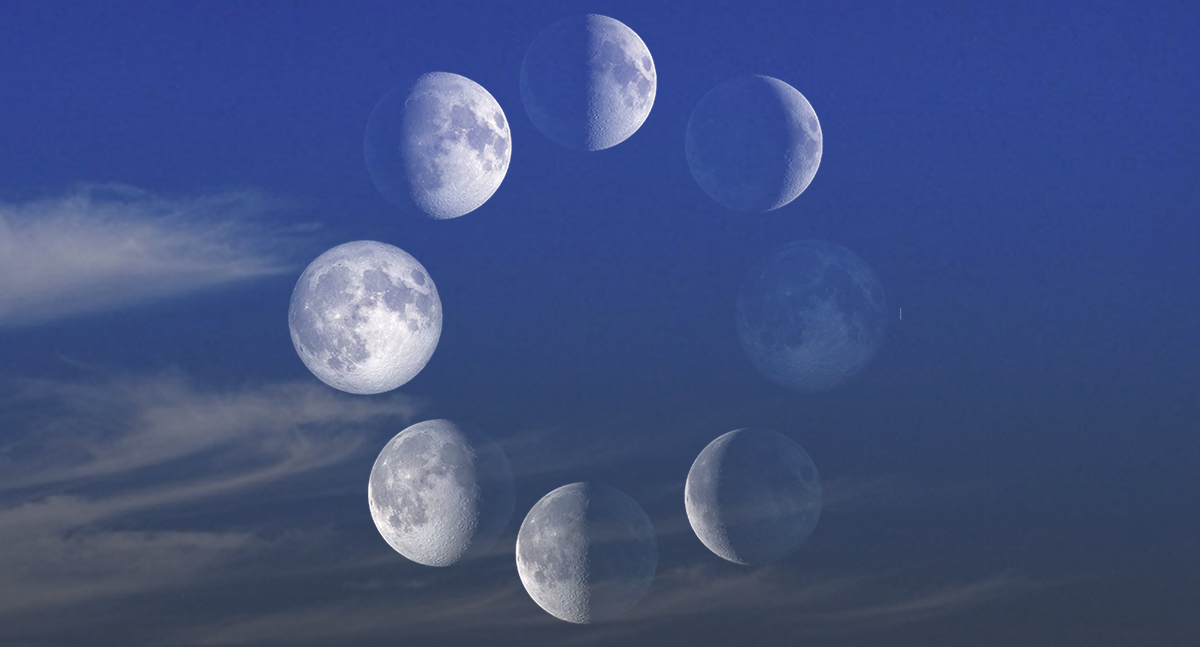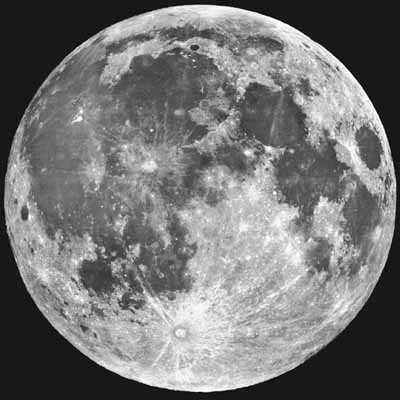Patricia Briggs, the acclaimed author known for her urban fantasy series, has captivated readers with her intricate world-building and memorable characters. One of the recurring themes in her work is the enigmatic presence of the moon, which often serves as a pivotal element in her storytelling. In this article, we will explore the celestial inspirations behind her narratives, focusing on the symbolism of the moon, its connection to her characters, and how it shapes the themes within her books.
The Moon as a Symbol of Transformation

In Patricia Briggs’ universe, the moon often symbolizes transformation, a theme deeply rooted in folklore and mythology. The moon’s phases—from the new moon to the full moon—represent cycles of change and rebirth, echoing the journeys of her characters.
- New Moon: A time for new beginnings. Characters may face challenges that lead to personal growth.
- Waxing Moon: Represents development and the buildup of power, mirroring characters as they embrace their abilities.
- Full Moon: A symbol of culmination and clarity, often leading to pivotal moments in the plot.
- Waning Moon: Signifies reflection and the resolution of conflicts, allowing characters to process their journeys.
This cyclical nature of the moon not only reflects the characters’ personal growth but also ties into larger themes of identity and self-acceptance. For example, in the “Mercy Thompson” series, the protagonist, Mercy, often grapples with her identity as a shapeshifter among various supernatural beings, and the moon serves as a backdrop for her transformations.
Celestial Influences in Character Development

The moon also plays a significant role in character development within Briggs’ works. Many of her characters exhibit traits that align with lunar symbolism, enhancing their depth and relatability.
- Mercy Thompson: As a shapeshifter, Mercy embodies the moon’s duality, navigating her human and wolf identities. Her relationship with the moon reflects her internal struggles and evolution throughout the series.
- Adam Hauptman: The alpha werewolf often acts as a stabilizing force in Mercy’s life, representing the protective aspect of the moon. His character embodies the strength and guidance one might associate with the full moon.
- Other Supernatural Beings: The various creatures in Briggs’ universe, such as fae and vampires, often exhibit behaviors influenced by the lunar phases, adding layers to their interactions and conflicts.
By weaving these celestial influences into her characters, Briggs provides readers with a deeper understanding of their motivations and challenges. The moon becomes a mirror reflecting their emotional states, serving as a powerful narrative device.
Mythological and Folkloric Inspirations

The moon has been a subject of fascination in various cultures throughout history, often associated with myths and legends. Briggs draws upon these rich traditions to enhance her storytelling, creating a tapestry of influences that resonate with her audience.
- Greek Mythology: The moon is often personified through deities such as Selene and Artemis, who embody aspects of femininity and power. Briggs incorporates these archetypes in her female characters, granting them agency and strength.
- Native American Legends: Many Indigenous cultures view the moon as a guiding force, illuminating the night. This reverence for the moon can be seen in the way Briggs portrays her characters’ relationships with nature and their surroundings.
- European Folklore: The moon has long been associated with magic and the supernatural. In Briggs’ works, the moon often acts as a catalyst for revealing hidden truths, aligning with traditional tales where the night unveils secrets.
By intertwining these mythological themes with her characters and plots, Briggs not only enriches her narratives but also invites readers to explore the deeper meanings behind her storytelling.
The Role of the Moon in World-Building
World-building is a critical aspect of urban fantasy, and the moon plays a significant role in shaping the environments and societies within Briggs’ novels. The celestial body influences not only the physical landscape but also the cultural and social dynamics of her fictional worlds.
- Supernatural Communities: The moon’s presence creates a unique hierarchy among supernatural beings. For instance, werewolves may experience heightened abilities or changes during full moons, impacting their interactions with humans and other creatures.
- Cultural Rituals: Many of Briggs’ characters participate in rituals that align with lunar phases, showcasing how the moon shapes cultural practices and beliefs within her worlds.
- Environmental Factors: The moon affects tides, weather patterns, and even the behavior of animals, creating a dynamic backdrop that enhances the realism of her world.
This thoughtful integration of the moon into her world-building not only enriches the narrative but also engages readers by creating a sense of immersion in the supernatural realms she crafts.
Case Studies: The Moon in Key Works

To illustrate the moon’s significance in Patricia Briggs’ oeuvre, we can examine specific works that highlight its celestial inspirations.
The Mercy Thompson Series
This series follows Mercy Thompson, a mechanic and shapeshifter, navigating a world filled with werewolves, fae, and other supernatural beings. The moon often serves as a backdrop for critical events:
- Full Moon Transformations: Significant plot points often coincide with full moons, showcasing characters’ transformations and emotional revelations.
- Rituals and Ceremonies: Characters participate in lunar rituals that reflect their connections to their supernatural heritage.
The Alpha & Omega Series

This series focuses on the relationship between werewolf enforcers Charles and Anna. The moon’s influence is palpable:
- Pack Dynamics: The moon plays a crucial role in establishing the pack hierarchy, with full moons accentuating tensions and power struggles.
- Personal Growth: Anna’s journey of self-discovery is often mirrored by lunar cycles, emphasizing her evolution as a character.
Conclusion: Embracing the Celestial Mystery

Patricia Briggs masterfully incorporates the moon as a symbol of transformation, a tool for character development, and a foundational element of her world-building. By drawing upon mythological and folkloric inspirations, she enriches her narratives and provides readers with a deeper understanding of her characters’ journeys. The moon’s enigmatic presence serves as a guiding force, illuminating the complexities of identity, power, and the supernatural.
As readers delve into Briggs’ works, they are invited to explore the profound connections between the celestial and the terrestrial, discovering how the moon’s cycles mirror their own experiences. Through her enchanting storytelling, Patricia Briggs not only captivates the imagination but also encourages a reflection on the transformative power of the moon in our lives.





